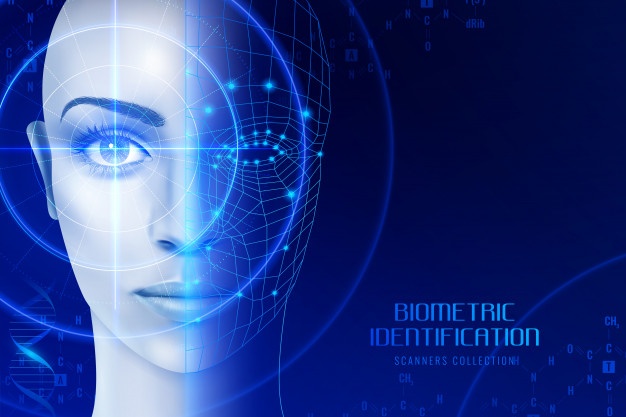Why is Facial Recognition Time Attendance System Considered As The Best Time Tracking Solution?
- 02:44
- By Kiera Peterson
- 0 Comments
Facial recognition time attendance system has garnered massive popularity because of its incredible tracking features. Most companies are turning to biometric attendance systems because of its user-friendliness and convenience. Tracking fingerprints have been the popular choice but the facial recognition time attendance system is the new buzz of the town because of its distinct features. Before discussing the advantages, let’s dive into the basics of this system.
How does Facial Recognition Work?
Facial recognition is a biometric solution used for tracking attendance and time. It detects the facial features of a person and verifies his or her identification. It is a platform where employers can track attendance records and also known as attendance through face scanning. Here the person has to look at the machine, and it’s done!
The first thing that needs to be done is the employees need to register in the facial database to verify one’s identification though biometric features. The technology however varies- it can be 2G images or a 3D facial recognition time attendance system. Once the employee gets registered in the facial database, their facial features will be scanned every time they access the area. As soon as you enter your workplace, this system will study your facial characteristics, and then it will verify it from the already registered facial database.
What are the Benefits of Facial Recognition Systems?
A biometric system with facial recognition is an expensive installation in the workplace, but all the investments are worth it, thanks to the huge perks and benefits associated with it. Now let’s check out some of the benefits of a facial recognition time attendance system.
• Eradicates the Possibility of Handbook Errors- We are living in an era where everything is technology-based, right from ordering foods to shopping. Manual work has almost become a thing of the past. Similarly, tracking attendance through manual records has also become obsolete. It has been replaced with biometric solutions, thus removing all chances of manual errors. This process can record everything on its own without needing the employer to sit back and calculate the total time and wage. The facial recognition system assures a great return on investment value and also reduces the burden of paperwork.
• Automated System & Accurate Information- The process of tracking attendance have been simplified with the introduction of a facial recognition time attendance system. There is no need for staff to record everything manually. The system can provide accurate information on attendance and absence. On top of that, it can also give you information on when an employee is entering the office and when they are leaving. It provides you with an idea of whether they are punctual or not and how productive they are.
• Saves Labour Cost- The best thing about the facial recognition time attendance system is that it saves your labour cost. In the case of manual work, you will need personnel to get the job done, meaning you have to pay a salary to those who are maintaining these records. Also, there can be biases within the working place. Facial tracking systems will completely eradicate notorious buddy punching and time theft.
• High Level of Security- Besides recognizing the employees and other staff of the workplace through facial identification, it can also keep out unwanted guests and visitors. Access can be instantly denied to people whose facial features don’t match. Thus facial recognition time attendance system provides a high level of security in the workplace.
Conclusion:
In a nutshell, your business can benefit a lot from this biometric tracking solution. If you are still using the old manual tracking system, consider the above advantages and think of a new solution. It will not only save your energy and time but also ensure that you are paying the right wage to the employees.







0 comments
Note: only a member of this blog may post a comment.